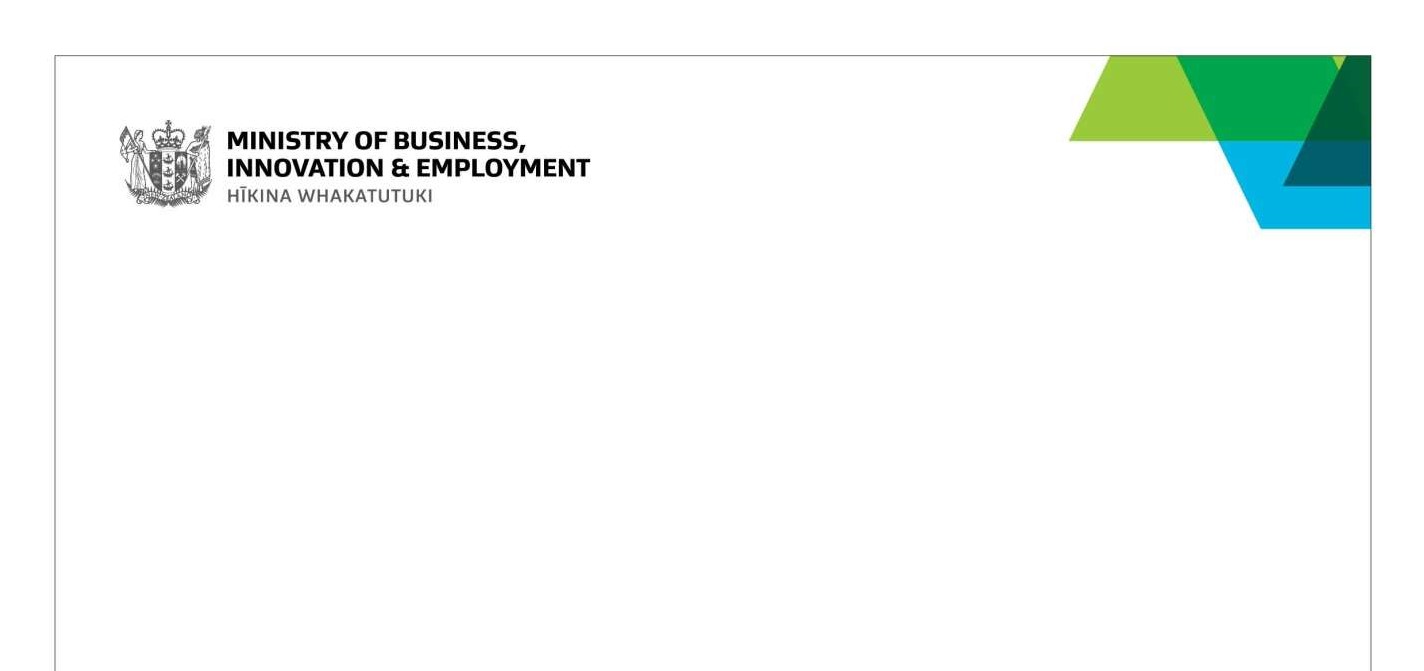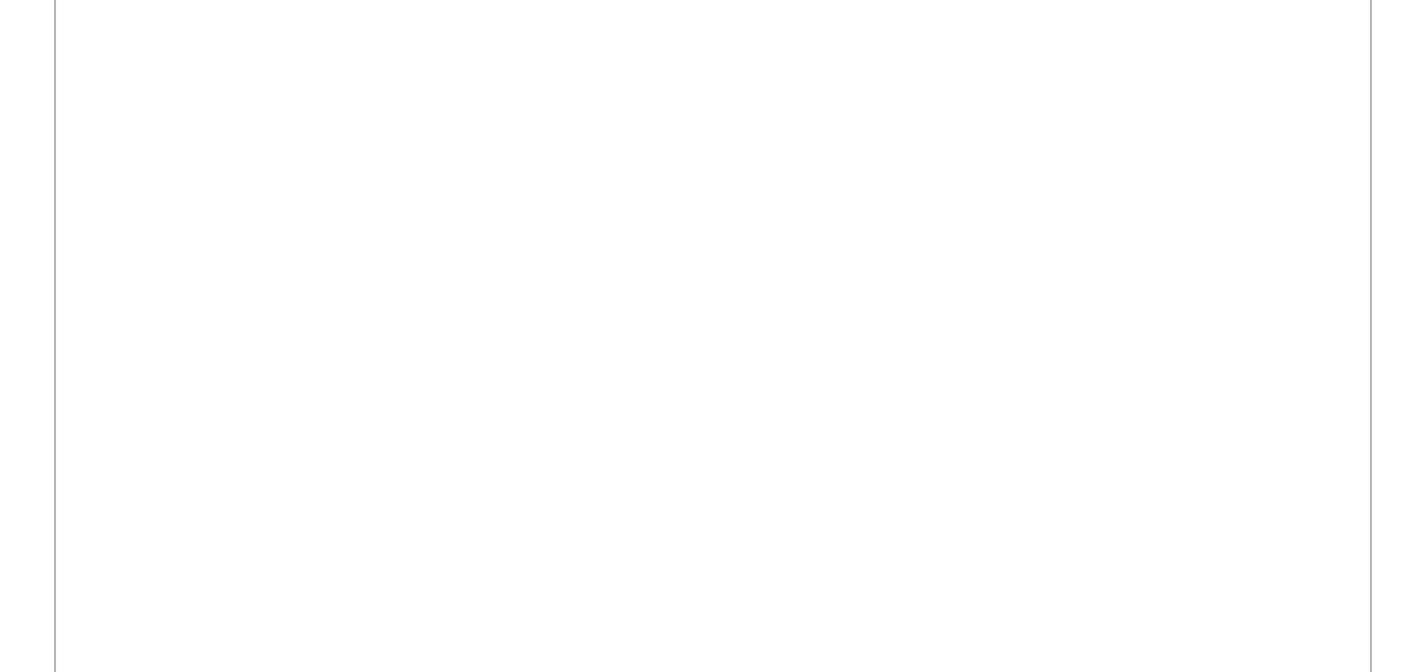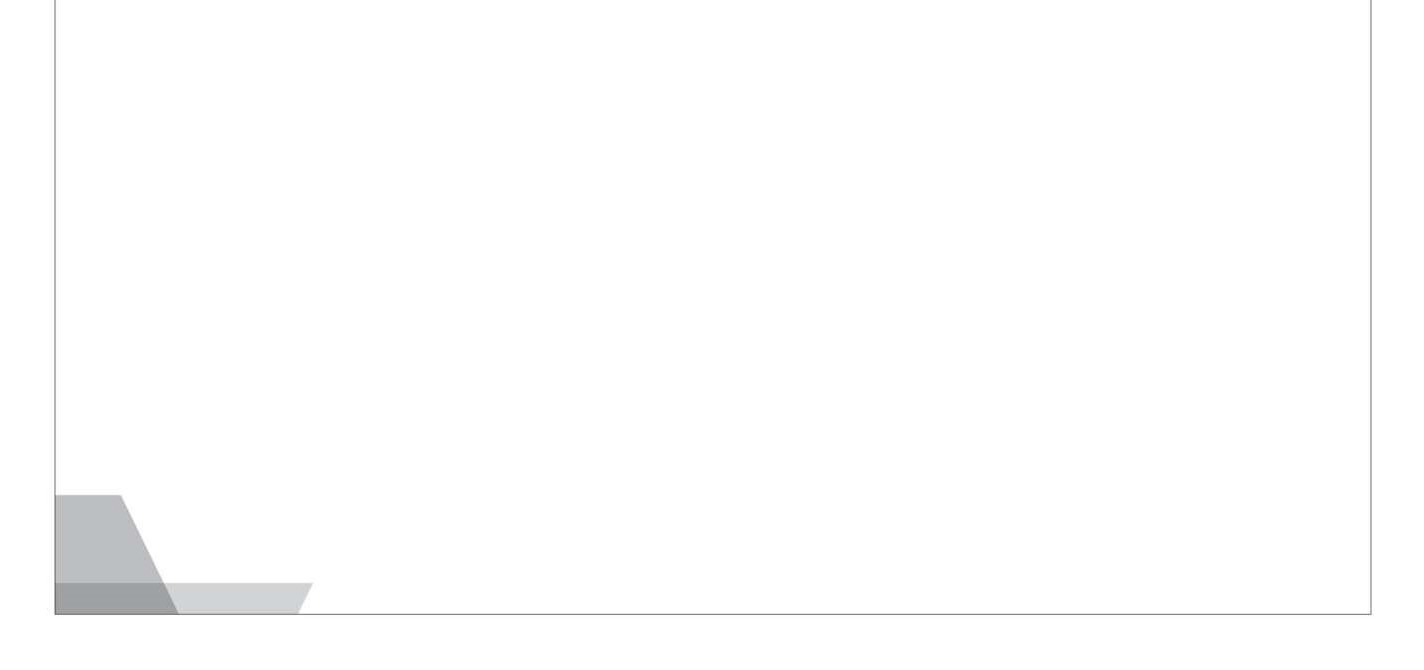


13 Feburary 2024
Ref: DOIA 2324-1443
J Bruning
Email: [FYI request #25364 email]
Tēnā koe J Bruning
Thank you for your email of 9 January 2024 to the Ministry of Business, Innovation and Employment
(MBIE) requesting, under the Official Information Act 1982 (the OIA), information regarding the
the Resource Management (National Environmental Standards for Telecommunication Facilities)
Regulations 2016 (NESTF Regulations) as wel as the Radiocommunications Regulations 2001,
Radiocommunications Act 1989 and the Telecommunications Act 2001.
I have addressed each of your questions in turn below.
[1] MBIE is the responsible agency for establishing and maintaining maximum exposure limits
for the public. NESTF 2016 Users Guide states ‘The standard sets maximum exposure limits for
the public that are around 50 times lower than the recognised threshold for established effects.’
For clarification, MBIE not a health authority and in citing the NZS 2722.1: 1999 as a threshold within the
National Environmental Standard for Telecommunications (NESTF), MBIE relies on advice from the
Ministry of Health. The Ministry of Health is the expert provider of advice on health effects from
electromagnetic fields and monitors the research in this area, including the potential effects of
frequencies expected to be used for 5G technologies.
The Ministry of Health advises that the New Zealand standard is based on the best available international
advice, including from the International Commission on Non-Ionizing Radiation Protection (ICNIRP). NZS
2772.1’s limits are recommended by ICNIRP which the World Health Organisation (WHO) recognises for
its independence and expertise in this area.
The NESTF exists to help standardise the approach local authorities take to managing the broad range of
environmental effects associated with specified telecommunications facilities. The standard for exposure
to radiofrequency fields (in NZS 2722.1: 1999) is incorporated within the NESTF as one of a number of
measurable thresholds against which environmental effects are assessed. Such thresholds are used to
determine whether a particular environmental effect is able to be sufficiently avoided, remedied or
mitigated (and so not trigger the need for a resource consent under the Resource Management Act
1991).
In regard to MBIE’s primary responsibilities under the Telecommunications Act 2001, these relate to
matters such as the regulation of access to the telecommunications market and the regulation of
wholesale telecommunications services to promote competition.
In regard to MBIE’s responsibilities under the Radiocommunications Act 1989, these concern the
al ocation and administration of management rights and licences to use the radio spectrum for
commercial, private or public purposes. MBIE is also responsible for ensuring compliance with licenses
and the management of radiofrequency interference.
(i)
Please transparently disclose these maximum exposure limits (which I presume is
detailed in NZS 2772.1:1999) for the public (do not refer me to a paywal ed PDF
document). This includes residential exposure limit standards for acute and chronic
exposure limits.
The exposure limits are detailed in NZS 2722.1: 1999, which is a document that is produced and owned by
Standards New Zealand. However, you may wish to visit the WHO website which contains numerial
information on the limits used by many countries (including New Zealand) here:
https://www.who.int/data/gho/data/themes/topics/indicator-groups/indicator-group-
details/GHO/exposure-limits-for-radio-frequency-fields-(public).
(ii)
Please state what the ‘recognised threshold for established effects’ is and supply
complete citations for the scientific studies used to establish the threshold level.
As noted above, MBIE relies on advice from the Ministry of Health. General information on the work of
the Ministry of Health in respect to radio frequency fields can be found here:
https://www.tewhatuora.govt.nz/our-health-system/environmental-health/non-ionising-
radiation/radiofrequency-field-exposure-standard. The Ministry of Health is informed by the work of
ICNIRP who carry out and review research on thresholds as part of their reports (e.g.
https://www.icnirp.org/cms/upload/publications/ICNIRPrfgdl2020.pdf ).
(i i)
Please advise names of all New Zealand-based expert public-sector scientists/technical
experts who have supplied expert information or reports discussing the safety of these
standards (NZS 2772.1: 1999), during the period January 2020 and December 2023.
This information is held by the Ministry of Health. I note a similar request was made under the OIA to the
Ministry of Health in November 2022, although that request was not specifical y in relation to in NZS
2722.1: 1999 itself. The OIA request and response can be found here: https://fyi.org.nz/request/21286-
current-list-of-members-of-interagency-committee-on-the-health-effects-of-non-ionising-radiation-
meeting-minutes-and-processes.
The Ministry of Health also participates in a WHO project on the health effects of electromagnetic fields.
See here for more information: https://www.who.int/health-topics/electromagnetic-fields#tab=tab_1.
[2 ] (a) Please advise which funding schemes have been established; and which public-sector
funding pots have been established by MBIE, to enable the following activities to be undertaken
by publicly-funded, non-industry researchers:
(i) Long-term or spot assessments to monitor and record levels of microwave radiation in
New Zealand urban environments in order to assess effects from increasing
proliferation of cel ular communications systems.
(ii)
Methodological reviews of the scientific literature to assess the evidence on health risk
from non-thermal radiofrequency fields exposures based on proximity to base stations
or small cel devices.
(ii )
Assessments of chronic (long-term) risk to vulnerable populations: including infants,
children; and people with electromagnetic hypersensitivity and microwave syndrome.
(iv)
Cost-benefit analyses of cost, speed, reliability and energy efficiency of 5G
communications in comparison to existing broadband and wired solutions.
(b) Please supply research received by MBIE discussing issues (i) - (iv).
No specific MBIE-administered funding scheme has been set up for the particular research activities and
researchers you have listed. MBIE is therefore refusing this part of your request under section 18(e) of
the Act, as the document al eged to contain the information requested does not exist or, despite
reasonable efforts to locate it, cannot be found.
[3] (a) Please advise what funding has been set aside for MBIE as regulator with oversight to
investigate citizen complaints of health deterioration fol owing the installation of base stations,
smal -cel devices or 5G or wireless ‘smart’ meters in proximity to their residence. (b) Please
advise the name of the database established to record complaints.
No such specific funding or complaint databases exist within MBIE relating to health deterioration
associated with radiofrequency emitting equipment. MBIE is therefore refusing this part of your request
under section 18(e) of the Act, as the document al eged to contain the information requested does not
exist or, despite reasonable efforts to locate it, cannot be found.
However, it may interest you to know that before a cel tower site is constructed, the site operator is
required to submit a report to the local authority predicting whether exposures in areas around the site
that are reasonably accessible to the public wil comply with the public limit in the New Zealand exposure
Standard. This report must take into account exposures from existing sites nearby.
If exposures in areas that are reasonably accessible to the public are predicted to exceed 25 per cent of
the public limit in the New Zealand exposure Standard, the site operator is required to submit a report to
the local authority confirming whether exposures in those areas do comply with the public limit.
Some mobile phone network operators commission independent monitoring of exposures to
radiofrequency fields in public areas near their cel towers. This monitoring finds that exposures are less
than the limit set for the public in the New Zealand Standard. Results from monitoring of sites is available
at: https://www.tewhatuora.govt.nz/our-health-system/environmental-health/non-ionising-
radiation/independent-cel site-monitoring/
[4] Please supply al memos/reports/emails reviewing global levels and best practice RFR
standards regarding maximum exposure limits for the public.
MBIE does not independently review information regarding maximum exposure levels. Information
regarding international practice in respect to health impacts is held by the Ministry of Health and the
WHO.
[5] Please supply memos/reports/emails discussing the potential lowering of New Zealand RFR
standards.
(Note: The paper Ministry of Health. 2022. Interagency Committee on the Health Effects of Non-
ionising Fields: Report to Ministers 2022, does not attempt to review the scientific literature but
rather, serves as a discussion paper which only vaguely covers the content above and cites often
quite old, or narrow in scope research. As such, it is not sufficiently rigorous for regulatory
purposes.)

The Ministry of Health is responsible for expert advice on the health effects from electromagnetic fields
and monitors the research in this area. The Ministry of Health considers reports such as the 2020 ICNIRP
guidelines ( https://www.icnirp.org/cms/upload/publications/ICNIRPrfgdl2020.pdf ) which contain
various details about thresholds and health effects as wel as a reference list of documents which were
considered when preparing the guidelines.
In our view, it would have been necessary under section 14 of the OIA to transfer much of your request to
the Ministry of Health because the information you requested is more closely connected with its
functions. However, your request specifical y states you do not wish this request to be shared with the
Ministry of Health. Therefore, we have not transferred.
You have the right to seek an investigation and review by the Ombudsman of this decision. Information
about how to make a complaint is available at www.ombudsman.parliament.nz or freephone 0800 802
602.
Nāku noa, nā
Deborah Salter
Manager, Communications Policy
Digital, Communications and Transformation




